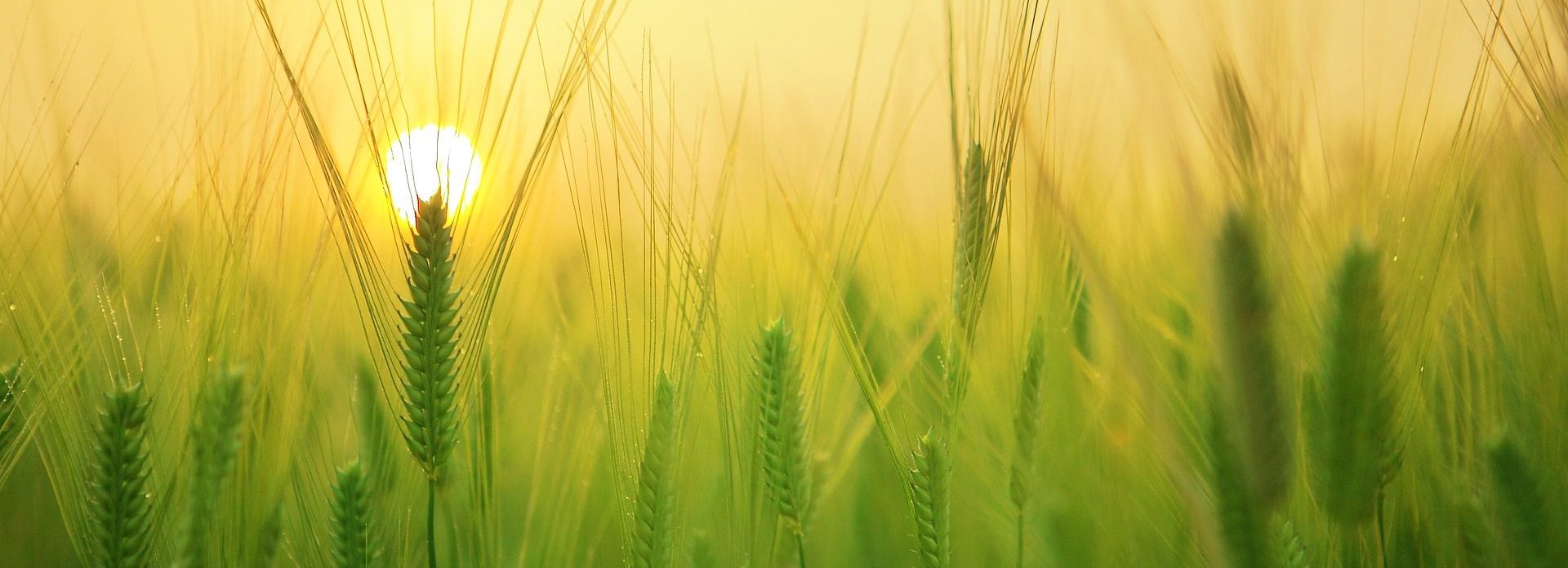From 2019 to 2022, there was a 69.8% increase in Brazilian exports to the EU. More oil, coffee, and grains, such as soybeans and corn, were exported during this period.
Meanwhile, the export of technologically sophisticated items like aircraft and turbines decreased or remained relatively constant.
This transformation, known as ‘reprimarization,’ has further influenced the ongoing discussions on the EU’s upcoming environmental regulations, set to take effect at the end of 2024.
In the first five months of this year, primary products, excluding those from the transformation industry, represented 47.7% of Brazil’s exports to the EU, a slight decrease from 50.5% in 2022 but considerably higher than 36.5% in 2019.

These primary products are primarily derived from agriculture, forestry, and the extractive industry.
However, high and medium-high technology products lost their share, falling from 17.1% in 2019 to 10.8% this year, always in the first five months.
The pattern is consistent when looking at yearly performance.
In 2022, 50.9% of the EU’s purchases from Brazil were non-manufactured goods, up from 36.8% in 2019 and 38.2% in 2013.
The proportion of high and medium-high technology goods slipped from 16.8% in 2019 to 9.4% in 2022.
These statistics were provided by the Ministry of Development, Industry, Commerce and Services and were compiled by Valor.
Due to significant exports of agricultural and metallic commodities to China and other Asian countries, Brazil’s total exports already had a greater share of basic products before the pandemic.
From January to May 2019, non-manufactured items made up 42.2% of total Brazilian exports, 5.7 percentage points higher than the share for the EU.
In 2023, the share of non-manufactured products increased to 48.5%, always for the same five-month period.
A decline in the competitiveness of domestic industry led to a reduction in the export of manufactured goods.
This resulted in decreased technological intensity of exports, says Rafael Cagnin, an economist at the Institute for Industrial Development Studies (Iedi).
Data from 2022 reveals that Brazil’s exports to EU countries amounted to US$50.89 billion last year, 39.3% higher than 2021 and 69.8% above the 2019 value.
Crude oil, at the top of the export list, totaled US$9.2 billion last year, up from US$ 1.6 billion four years earlier.
The combined value of soybeans and bran reached US$8.8 billion in 2022, up from US$4.8 billion in 2019.
Coffee and corn exports grew by 97% and 165% respectively over the same period. All these items are among the top ten products sold to the EU bloc.
Spain’s purchases of Brazilian oil, soybeans, and corn totaled US$6.85 billion last year, more than triple the US$2.1 billion four years ago.
This increase has moved Spain from ninth to fifth place in the global ranking of countries importing the most from Brazil.
In 2022, Brazil was Spain’s third-largest oil supplier and the primary supplier of corn and soybeans.
In terms of high or medium-high technological intensity products, exports of helicopters and small aircraft fell from US$ 486 million in 2019 to US$ 266 million in 2023.
The exports of turbojet and turboprop engines decreased from US$284 million to US$76 million over the same period.
In 2019, these items ranked 13th and 17th among the most exported to Europeans. However, they dropped to 22nd and 62nd places, respectively, in 2022.
The demand for helicopters and small aircraft decreased in Spain and Germany, and turbojets saw less demand from Germans and Portuguese.
Even though Brazilian exports to the EU are expected to decrease this year due to price adjustments and a slowdown in activity, the trend of lesser technological intensity in shipments is not expected to change, Castro assesses.
According to AEB’s estimates, the value shipped to the European bloc is expected to decrease by 10% this year compared to 2022.
From January to May, exports to Europeans amounted to US$ 18.9 billion, a 6.2% decrease compared to last year.
Crude oil and soy, including bran and grains, accounted for 39.3% of shipments.
From 2019 to 2022, Brazil exported more oil, coffee, and grains, such as soybeans and corn, to the EU than more technologically advanced items like aircraft and turbines.

